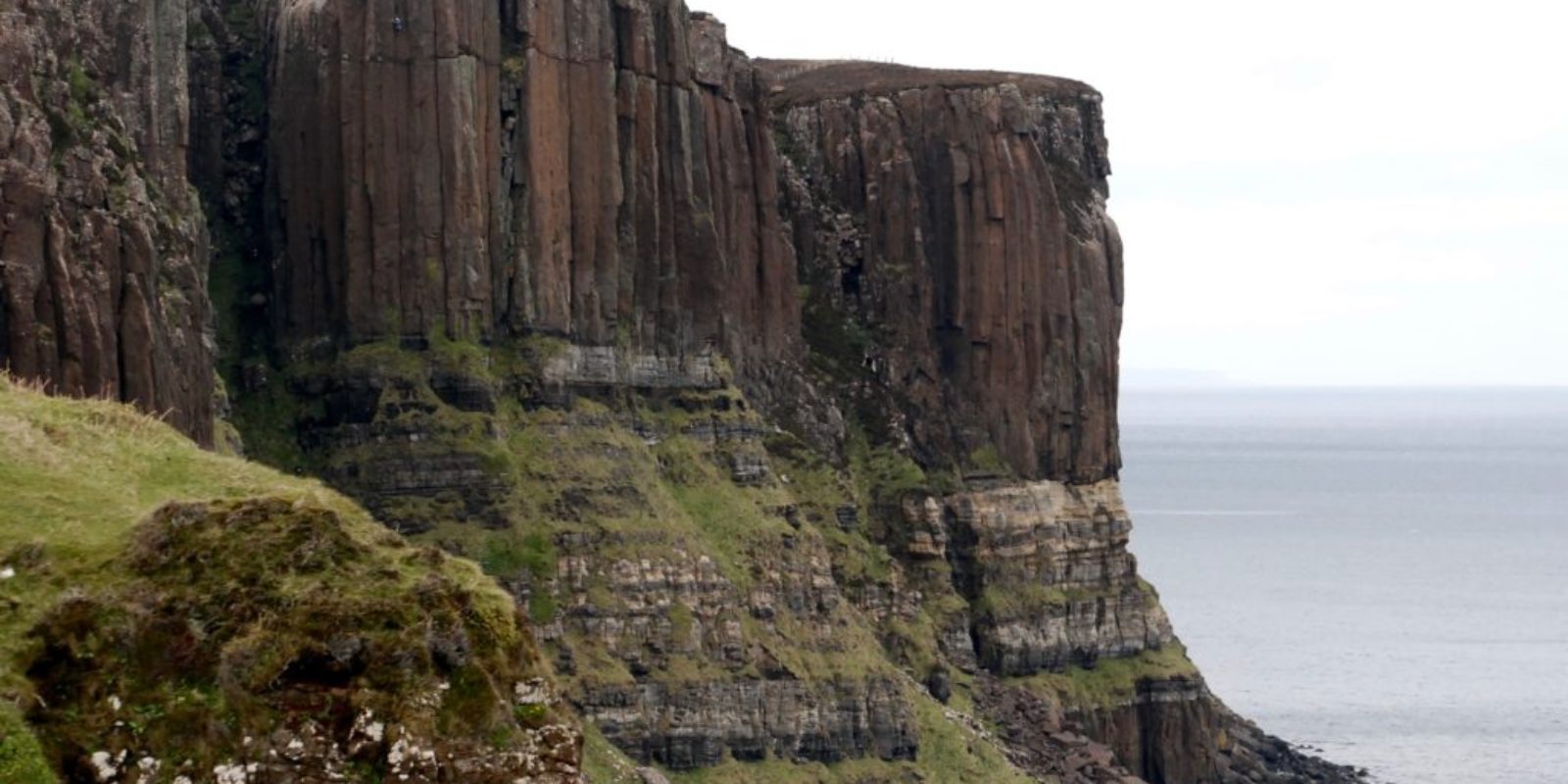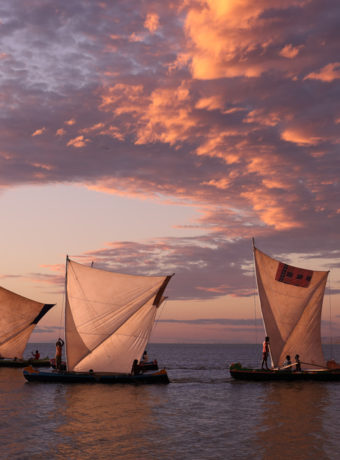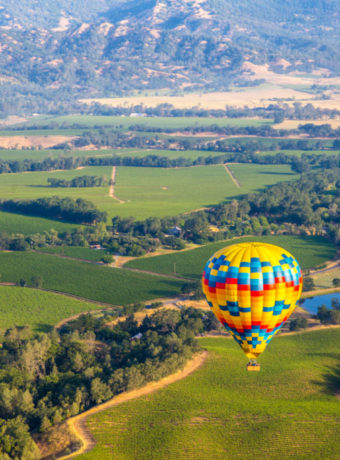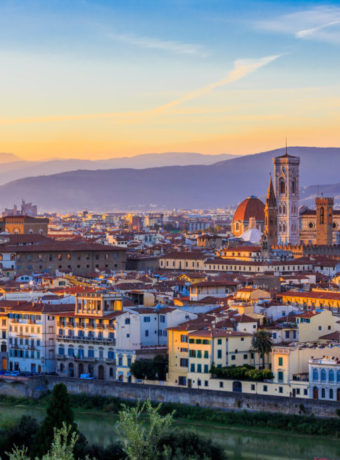The Isle of Skye is a highly popular destination that, while technically an island, is often lumped into the Highlands. It is accessible by ferry from both the mainland and from the Outer Hebrides or by car from Kyle of Lochalsh.

The Isle of Skye
In the last ten years, Skye has skyrocketed (ha!) into the realm of “hot” destinations. Everyone from Travel + Leisure and Food & Wine to Conde Nast and National Geographic have listed the Isle of Skye as a place to go.
Because Skye is linked by road with the mainland, it’s typical to include it on a tour of the Highlands. I suggest at least three days on Skye, because there really is so much to see and do.

It isn’t a large island, by any means, but it takes time to go from point a to point b, even if on a map it doesn’t look far. If that sounds like another country I’ve talked about, it’s similar. Roads go over mountains, around lakes, and along the coast. They are narrow, two lane roads, and you will often run across sheep or people in the road. This is especially true near some of the waterfalls or mountains where the only parking is a pull off.
Highlights of Skye
Some natural highlights on the Isle of Skye include Kilt Rock, the Old Man of Storr, the Cuillen mountains, the Quiraing, and the Fairy Pools. One local “secret” is the Fairy Glen, which is a must see if you are in the northwest of the island!
Dunvegan Castle is a popular destination as well, as are the Talisker Distillery and Stein Inn. Stein Inn has the distinction of being one of the oldest pubs in Skye/Scotland! There is also an arts trail, which I personally love. Pick up the guide at any of the tourist information booths in Skye, Fort William, Edinburgh, or Glasgow!
Glencoe || Inverness || Fort William
Pin this >>> for future reference when travelling to the Isle of Skye!




